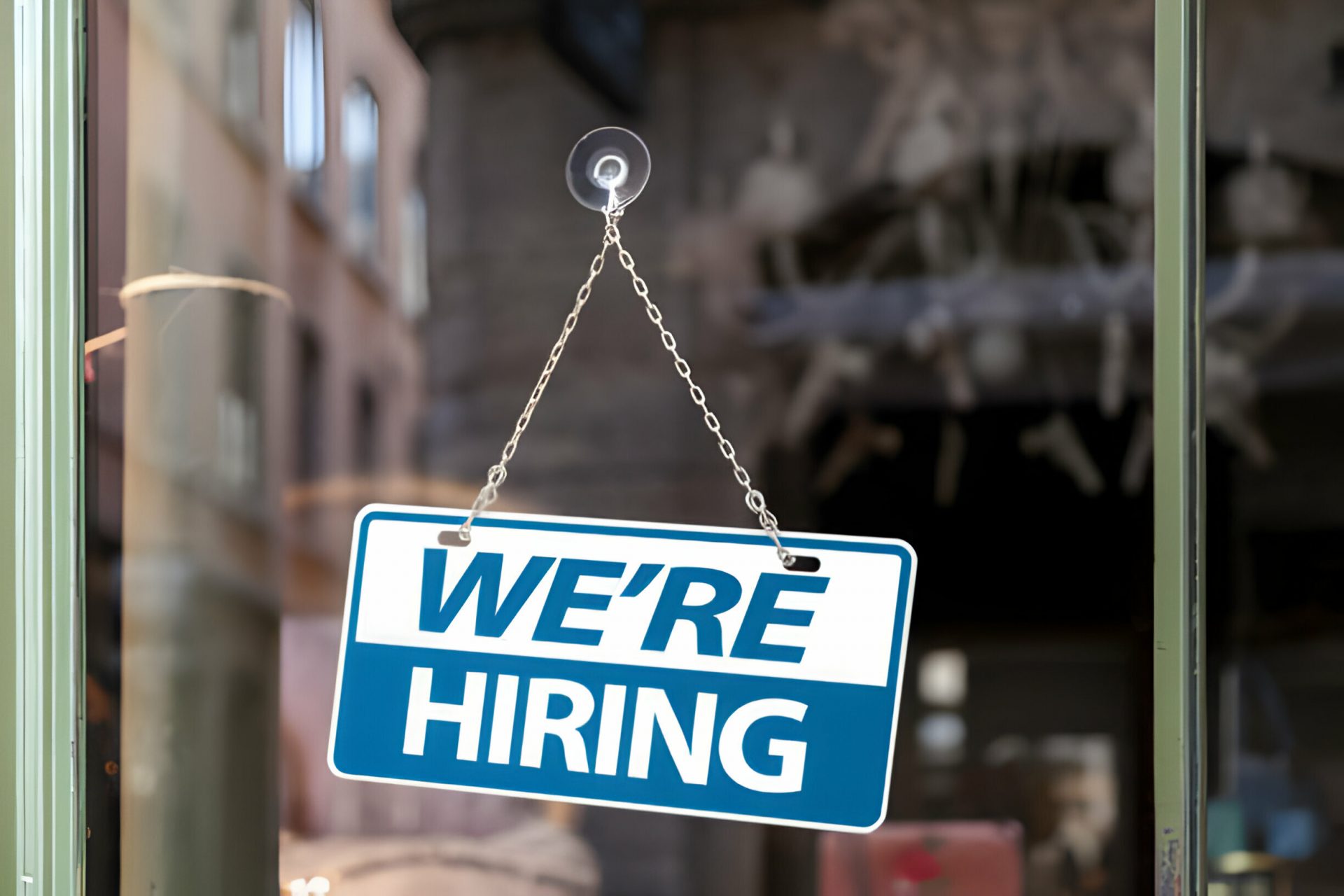More than 45 major disasters hit the United States in 2014, ranging from severe storms and flooding to tornadoes, earthquakes, mudslides and wildfires, according to the Federal Emergency Management Agency (FEMA). Two-thirds of those major disasters occurred from May to December.
Safeguarding one’s finances in case of a catastrophic event is an often overlooked aspect of disaster preparedness. To help people mitigate potential damages and lessen the financial blow of a disaster, The American Institute of CPAs (AICPA), American Red Cross and National Endowment for Financial Education (NEFE) have released a new guide: Disasters and Financial Planning: A Guide for Preparedness and Recovery.
“The best way to reduce the financial impact of a disaster is to plan ahead,” said Ernie Almonte, CPA, chairman of the AICPA’s National CPA Financial Literacy Commission. “This new guide provides actionable tips and checklists to help Americans take steps to minimize the financial impact upon themselves and their family in the event disaster strikes.”
Disasters and Financial Planning is a comprehensive, interactive guide developed to help people take proactive steps to minimize the potential impact of disasters on their lives and financial well-being. The guide is divided into six sections covering topics such as making a disaster plan and protecting your property, income and records. Each chapter includes brief, easy-to-follow checklists to help individuals and families take proactive steps to prepare for possible disaster and recover should disaster strike.
“In addition to emotional shock and physical damage, your financial life can be severely affected by a disaster. It is important to plan not only for potential financial dangers in the midst of an event—such as the need to quickly access critical financial documents and emergency cash in the event that ATMs and banks are inaccessible—but to mitigate the potential longer-term effects of unforeseen expenses through proper insurance and property protections,” said Ted Beck, president and CEO of the National Endowment for Financial Education.
More than a third of Americans (36 percent) still rely on credit card use above all else when faced with an unforeseen major expense (which affected 63 percent of respondents in 2014), according to a recent survey by NEFE. While many adults (32 percent) realize the benefit of an emergency savings account, nearly half of respondents (48 percent) report living paycheck to paycheck. Having a solid financial plan in place can help make facing unforeseen expenses, like those in the wake of a disaster, more manageable.
“Financial planning is beneficial for events from power outages to hurricanes,” said Richard Reed, senior vice president, Disaster Cycle Services for the American Red Cross. “Some households may not have the financial resources to have much of an emergency fund, but having a three-day supply of cash to help cover expenses if you and your household members have to evacuate is a good place to start.”
Disasters and Financial Planning was written and produced by the AICPA, the American Red Cross and NEFE and is offered as a free download. Although written for consumers, the guide also is a useful tool for CPAs and other advisors to counsel individuals on what steps to take to minimize the financial impact of a disaster.
Thanks for reading CPA Practice Advisor!
Subscribe Already registered? Log In
Need more information? Read the FAQs




